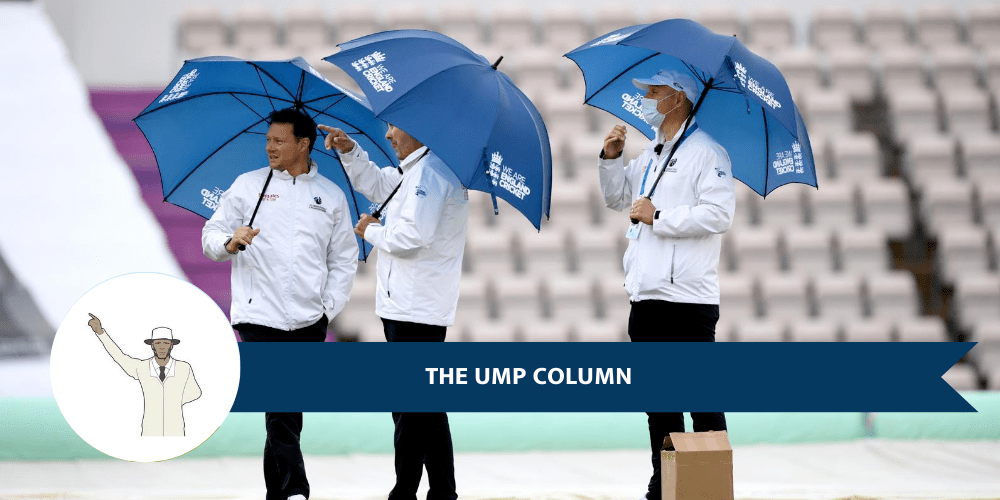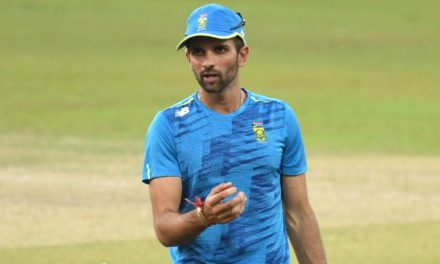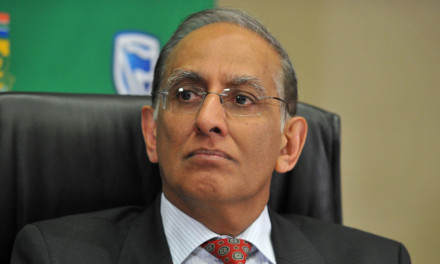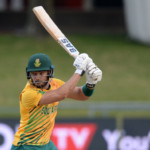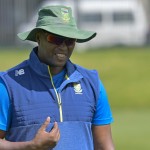The Ump clears up any confusion surrounding the rules about bad weather amidst the second Test between England and Pakistan.
During the second Test (13-17 August 2020) between England and Pakistan, the weather did not play its part and ruined our only chance of some pure cricketing joy. It also, unfortunately, placed the umpires in the spotlight, and the light was not very flattering.
Some commentators and fans jumped on the bandwagon of hitting out at the way the weather issue was handled. I would like to explain what the law and playing conditions state in order for you, as a spectator, to make up your own mind as regarding the umpires’ judgements.
Being an umpire, and I guess even more so on an international field, is not an easy task. The role and decisions of umpires are especially conspicuous when the weather is approaching as that is when the call can make or break the game. Especially when it comes to the safety of the cricketers, the outcome of the match and unfortunately the ICC and public’s opinion on the competence of an umpire.
Coming off the field too early or staying on too late, both have dire consequences and to get it right is an art that not all can master, perhaps as with many things in life, it comes with experience and learning lessons the hard way. But all decisions are made with player safety in mind, as this is the cornerstone of being an umpire and none of us has the intentions of risking the lives of ourselves or cricketers.
Some problems are created by the cameras (makes for good TV, you know!) as they give spectators a false perspective of what is truly going on and the commentators have something to talk about. Remember what you see on TV (the light, angles etc) is just that, it’s not the full real-life picture.
The following section is quoted from the law book (2017 code) and set of Test match playing conditions.
2.7 Fitness for play
2.7.1 It is solely for the umpires together to decide whether either conditions of ground, weather or light or exceptional circumstances mean that it would be dangerous or unreasonable for play to take place. Conditions shall not be regarded as either dangerous or unreasonable merely because they are not ideal. The fact that the grass and the ball are wet does not warrant the ground conditions being regarded as unreasonable or dangerous.
The objective is for the umpires to maximize play. The intention is to stay out longer than teams may have been used to in the past. Whilst match officials have dealt with GWL more firmly in recent times, it is necessary that appropriate positive and assertive management is continued.
The umpires are the final judges of the fitness of Ground Weather Light (GWL).
2.7.2 Conditions shall be regarded as dangerous if there is actual and foreseeable risk to the safety of any player or umpire.
2.7.3 Conditions shall be regarded as unreasonable if, although posing no risk to safety, it would not be sensible for play to proceed.
2.7.4 If the umpires consider the ground is so wet or slippery as to deprive the bowler of a reasonable foothold, the fielders of the power of free movement, or the batsmen of the ability to play their strokes or to run between the wickets, then these conditions shall be regarded as so bad that it would be dangerous and unreasonable for play to take place.
For the avoidance of doubt, the level of light (and therefore the light meter reading) required to justify suspension of play will normally be different depending on whether the bowler is fast or slow i.e. the light level at which point it would normally be considered unsafe for a batsman facing a fast bowler is normally higher than one where a slow bowler is bowling.
In an effort to prolong play, captains may be advised as to whether slow bowlers should be used when conditions are mainly becoming UNSAFE for the batsmen.
When the on field umpires are finding it difficult to pick up the ball, this is considered the correct time for the umpires to confer and consider the light and discuss the options. Both on field umpires must agree if they are to suspend play. For clarity, if only one on field umpire believes that play should be suspended, then play should continue.
Light meters should be used only to assist the umpires in their decision making. They are to be used as a guide only once a previous benchmark has been already set. A light meter reading is taken and then used as a benchmark for consistency for the remainder of that match. Readings should be taken from both ends and provided to the Match Referee to be placed in the referee’s log. The light meter should be placed on the stumps facing upwards to get the correct meter reading.
2.8 Suspension of play in dangerous or unreasonable circumstances
2.8.2 If at any time the umpires together agree that the conditions of ground, weather or light, or any other circumstances are dangerous or unreasonable, they shall immediately suspend play, or not allow play to start or to recommence. The decision as to whether conditions are so bad
At venues where artificial lights are being used: The same principles for determining the fitness of the light shall apply as set out in 2.7 above.
Whilst it is a fact that the artificial lights supplement available natural light allowing play to continue safely for longer than would normally be the case if floodlights were not available, it should be noted that with very low levels of natural light the artificial light might not be good enough to allow play to continue safely. This is a matter of judgment for the umpires on field. As to warrant such action is one for the umpires alone to make, following consultation with the ICC Match Referee.
2.8.6 Use of artificial lights
If in the opinion of the umpires, natural light is deteriorating to an unfit level, they shall authorize the Ground Authority to use the available artificial lighting so that the match can commence or continue in good conditions.
2.8.8 The safety of all persons within the ground is of paramount importance to the ICC. In the event that of any threatening circumstance, whether. The Playing Control Team (PCT) should establish from the curators and local umpires the time that artificial lights would normally be switched on at the ground.
My interpretation of what happened during the Test is very simple, the umpires got this spot on and I feel they acted appropriately in accordance with the laws and playing conditions. Furthermore, if you’ve succeeded as an umpire up to an international level, I think it’s safe to assume that you’re passionate (read: obsessed) with cricket and that you’d also love to have as much game-time as possible. Umpires are trained to ensure maximum playtime and keeping things fair to both teams.
Could alternating the starting time be the answer?
Pink ball night cricket is one way of trying to get more game-time. But by the looks of things it hasn’t taken off yet and it might be some time before we have alternatives that keep everything fair and safe. Until then I suggest we enjoy the game and let the umpires handle their business to the best of their ability.
I hope in reading this you are able to form a clear picture, informed by the laws guiding umpires’ decisions as to what transpired during the test match. I’d love to hear your thoughts and feedback.

